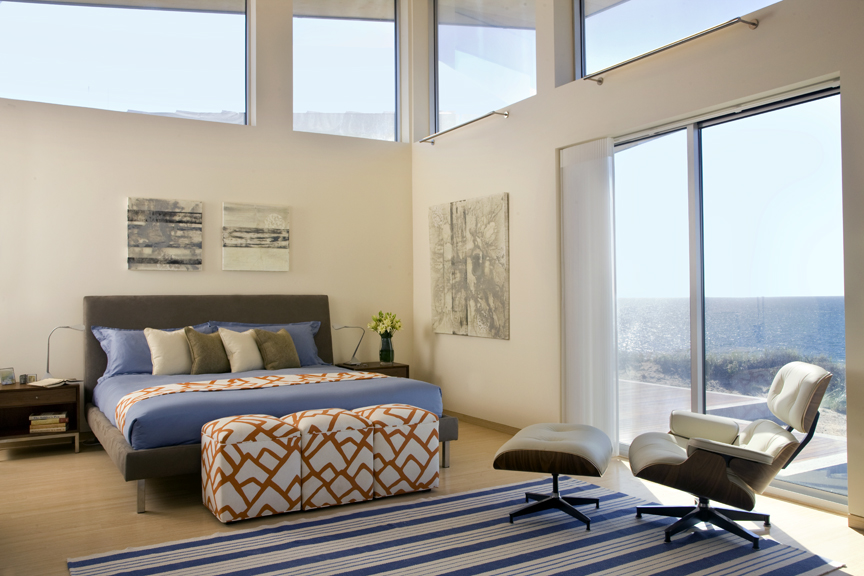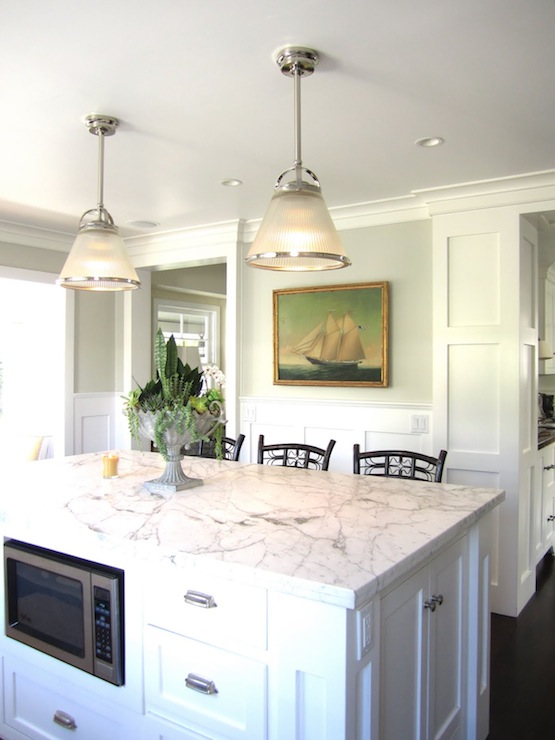A story on SeniorLiving.org refers to “aging in place” as “a person making a conscious decision to stay in the inhabitation of their choice for as long as they can with the comforts that are important to them.”
There are several proactive steps to address aging in place; many concerns are about a person’s physical limitations. Our bodies change as we grow older. In some cases, daily activities become restricted due to arthritis and mobility issues. Often these need to be dealt with in real time, perhaps with the help of occupational therapy or arranging for in-home assistance.
You can manage staying at home well into your golden years through the design choices you make with building or remodeling projects right now.
With a median age of nearly 52, Cape Cod’s population is among the oldest in the country. Many people who own second homes here plan on eventually living on the Cape year-round. So we are not surprised when clients of our Cape Cod custom building firm say that aging in place features are a key issue when building a home or undertaking a renovation. It is also true of year-round residents who are nearing retirement age – even if they plan on working for another decade or two.
What adjustments can you make to building and remodeling plans that will effectively aid your ability to remain at home as you get older, but won’t sacrifice style right now?
A First-Floor Master Suite

In an earlier blog post, we mentioned creating a first-floor master suite – one that includes a full bath – as a frequent request from our clientele, many of whom own second homes on Cape Cod. In the summer, when your home is filled with guests, the added privacy of a master suite that is removed from other bedrooms is a welcome luxury. But when it comes to aging in place, a first-floor master becomes an absolute must.
An Oversized, Zero-Threshold Shower

Oversized, walk-in showers continue to gain in popularity. Many people prefer showering to bathing, so why not invest in something that gets used every day? A beautifully tiled shower with a glass surround is a visually stunning addition to any master bath. Remove the threshold – the lip you step over to enter – and you have a shower that greatly increases your capability to independently care for yourself. If a zero-threshold shower is large enough, it can even accommodate a wheelchair. Wall-mounted grab bars can be added at later time should they be needed.
Kitchen Considerations

Independently preparing a meal is another aging-in-place concern. Simple shifts in a kitchen’s design will ensure this is achieved. Refrigerated drawers and a built-in microwave can be installed below the countertop and easily accessed from a wheelchair or without bending over. Below-counter drawers can be outfitted to store dishes and glassware. Sink faucets with levers for handles, rather than knobs, are easier for individuals with arthritis. The best part? All of these simple solutions provide added functionality that you will appreciate as much now as you will in later years.
Wider Doorways & Corridors; No Thresholds
If a walker or a wheelchair are required, narrow corridors, doorways and multiple thresholds may be deciding factors as to whether you’ll able to age in place as long you would like. Removing these potential barriers has absolutely no negative impact on a home’s aesthetic, and greatly increases your ability to stay in your home-sweet-home longer.
Thinking of building or remodeling? Please contact us to arrange a complimentary consultation.
